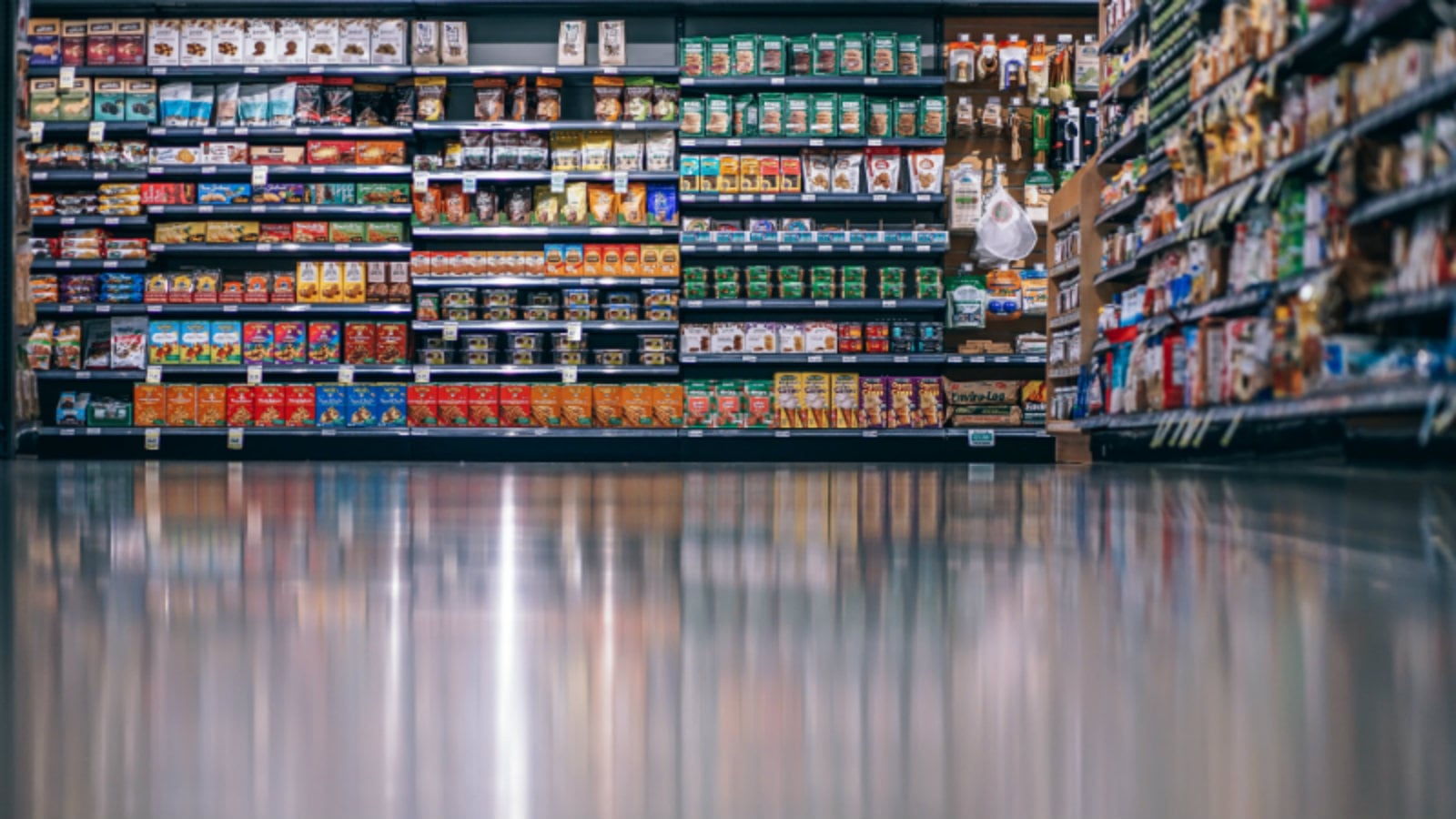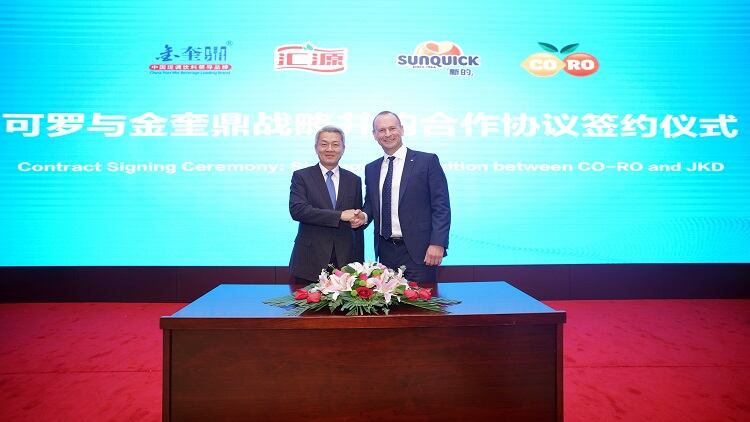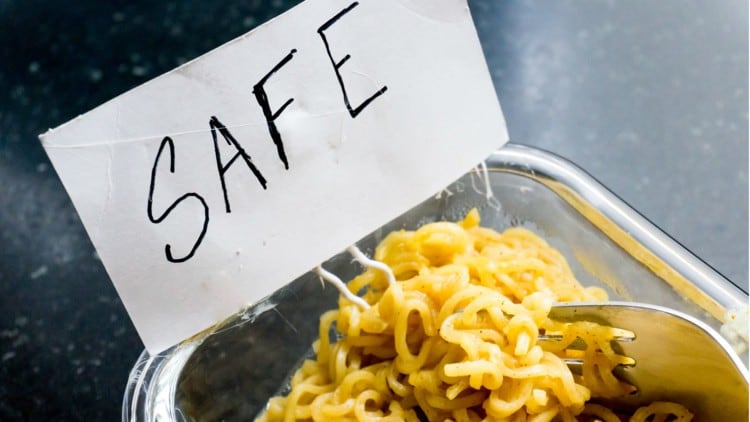Speaking in Ho Chi Minh city, Minister of Industry and Trade Do Thang Hai said that the country’s industrial production index rose by some 6.8% across the 2013 to 2017 period for the processed food industry, and 9.7% for the drinks industry.
Food processing is also one of the major areas of focus for Vietnam in its development strategy approaching 2025, which will be incorporated into its Vietnam 2035 - Toward Prosperity, Creativity, Equity, and Democracy vision.
Within this, foreign investments are expected to play a major developmental role.
Vu Van Chung, the Ministry of Planning and Investment’s Foreign Investment Agency Deputy Head, told Vietnam Express that the total foreign investment into Vietnam’s food processing industry has currently hit the US$11.2bn mark, spread across 717 projects and excluding mergers/acquisitions.
The attractiveness of Vietnam’s food processing industry to investors has been attributed to favourable tax policies. Technology related to production chains are completely tax-exempt.
Additionally, investors get an enterprise income tax that is 5% lower than conventional tax (25%), prioritised projects are tax-exempt for up to four years then have a 50% lower tax for another nine years.
The majority of investment funds have been channeled to the processing of seafood, beverages and agricultural produce, but currently faces a major obstacle in terms of domestic material supply, meaning that these materials end up being imported, said Chung.
"Despite preferential policies for investors, Vietnam’s food processing industry has not been able to attract investments from markets that strong in this field, like Japan, the U.S., Australia and the EU," he added.
Strong food processing market segments in Vietnam
According to the Vietnam Ministry of Industry and Trade (MoIT), the production and processing of milk, beverages, cooking oil and confectionary are expected to grow to become the country’s most productive processing market segments.
Local dairy consumption is expected to hit 27 to 28 litres per person per year by 2020, cooking oil consumption will hit 17 kg in 2020 and 20 kg by 2025, confectionery consumption will rise by 10% per year and beverage consumption will reach 6.8 billion litres in 2020 and 9.1 billion litres by 2025.
In Ho Chi Minh city alone, the food processing industry grew 8.7% from January to October this year, according to its municipal trade department.
An example of a company taking advantage of these growing markets is Korea’s CJ Cheiljedang (CJCJ) Group. CJCJ acquired or bought significant shares in a number of food brands and companies in the country, including Ong Kim, Vissan and the Cau Tre Processing Joint Stock Company.
CJCJ also told Vietnam Economy News that it expects to obtain some US$700mn in revenue by 2020 by catering to both domestic and foreign markets post-investment.
More on Vietnam’s food and beverage industry
According to Hai, Vietnam’s annual food consumption makes up some 15% of its GDP, and is expected to expand due to ready-to-eat food trends as well as higher annual incomes.
He also mentioned that things looked hopeful for the industry in the near future, especially after the free trade agreements signed by Vietnam come into force and open up a wider consumer and investor market.
These agreements include the Comprehensive and Progressive Agreement for Trans-Pacific Partnership (CPTPP) and the EU-Vietnam Free Trade Agreement (EVFTA), amongst others.
Business Monitor International (BMI) has predicted that the Vietnamese food and beverage industry will grow by 16.1% between 2016 and 2019.





